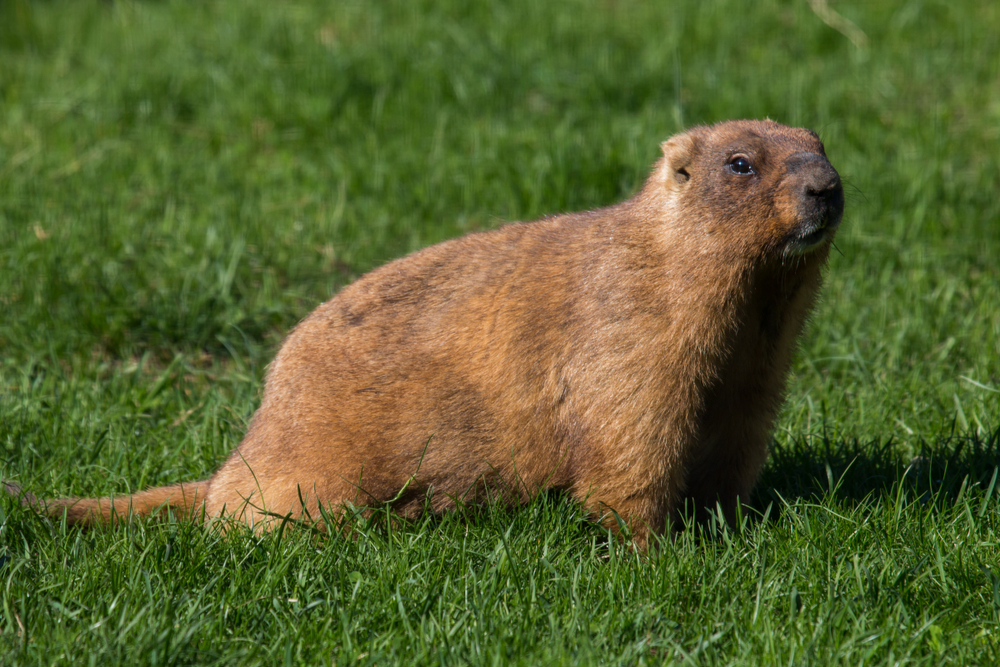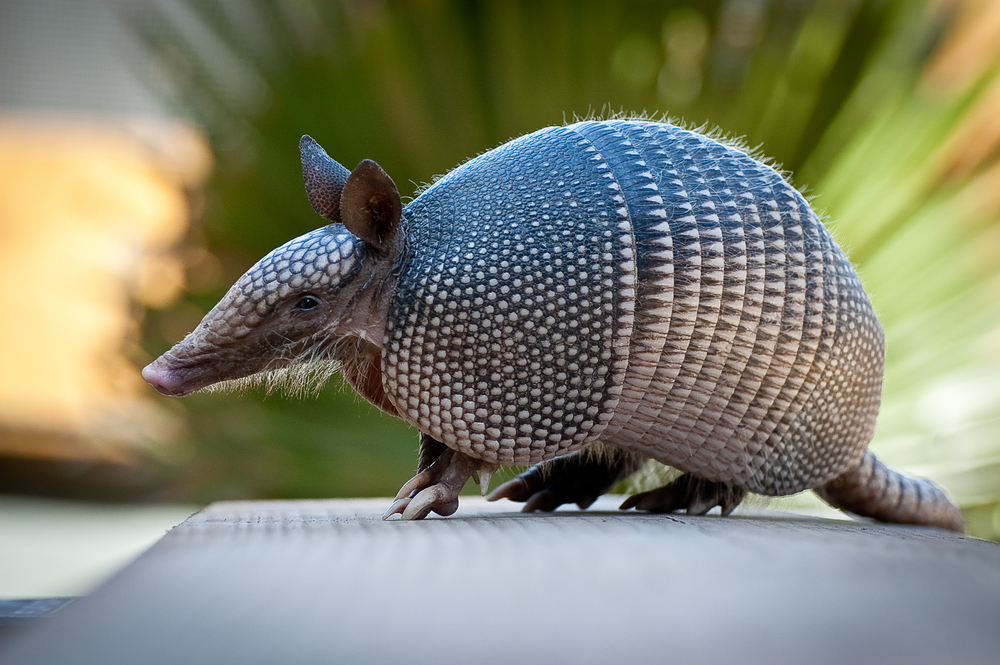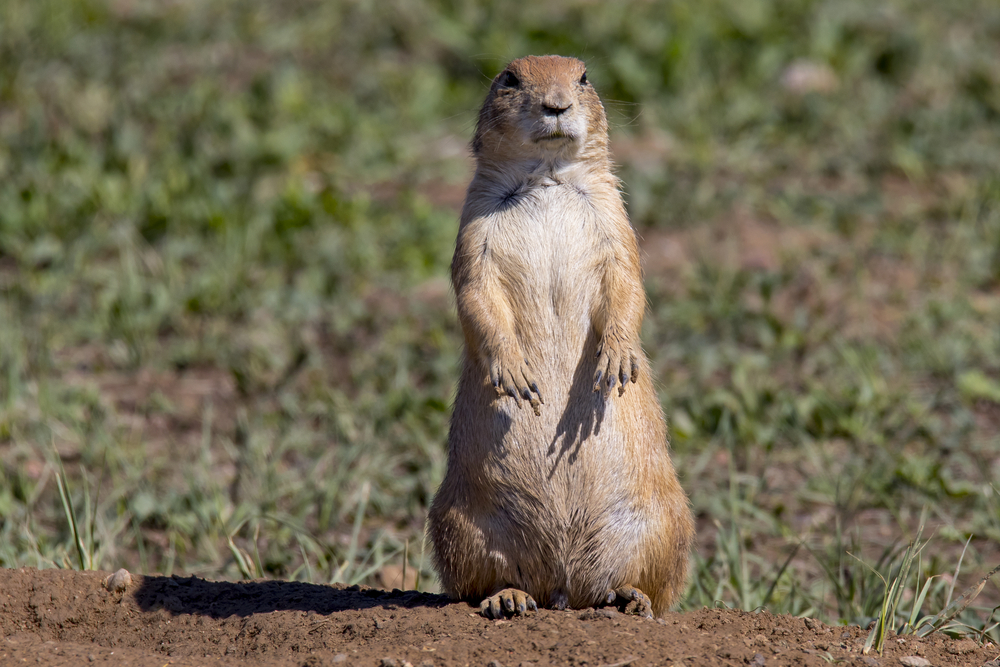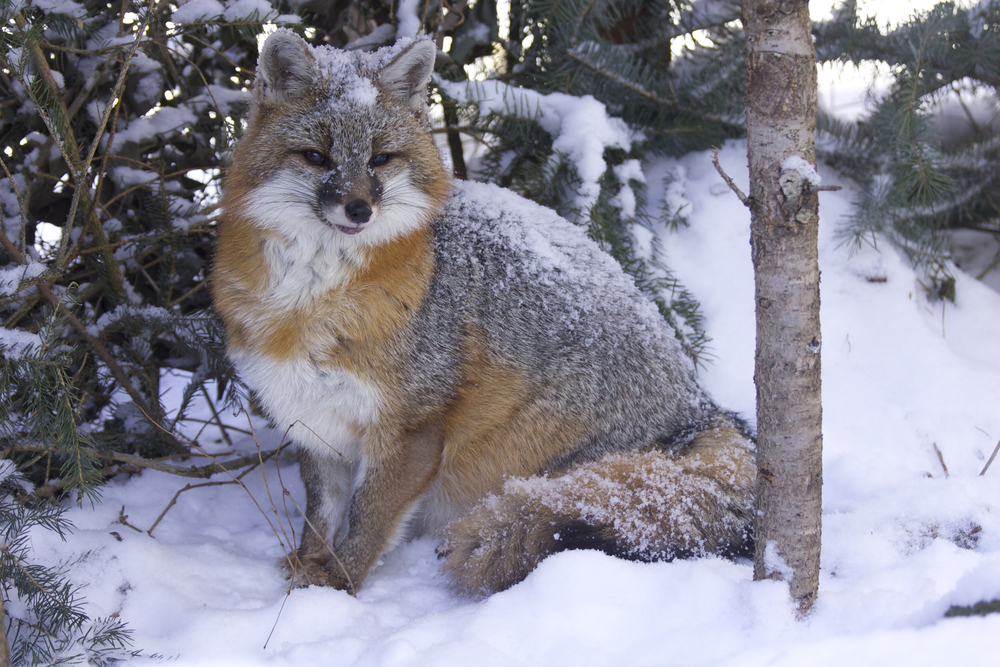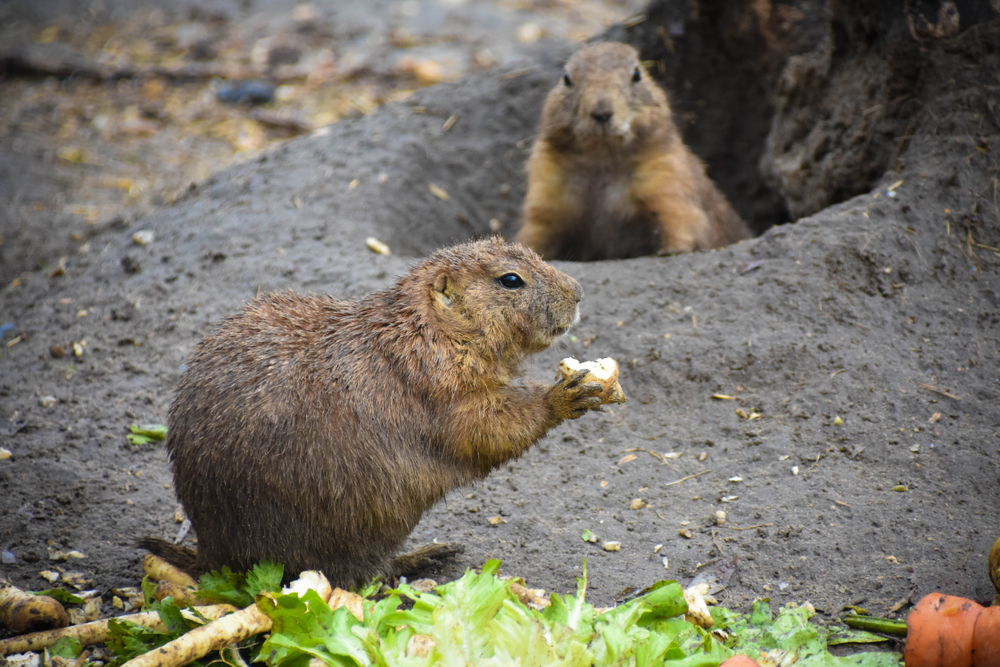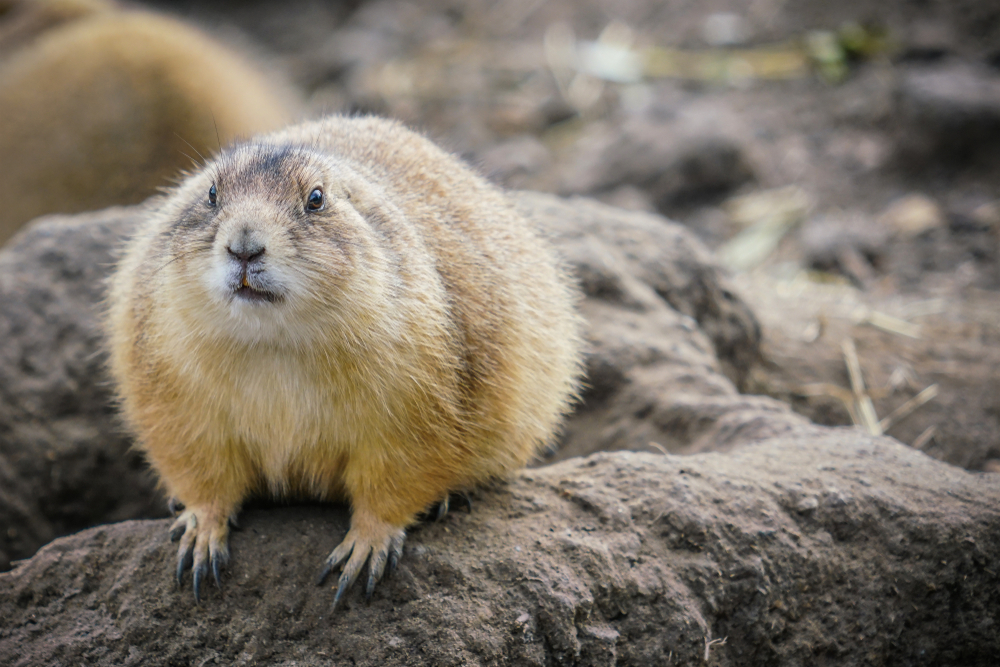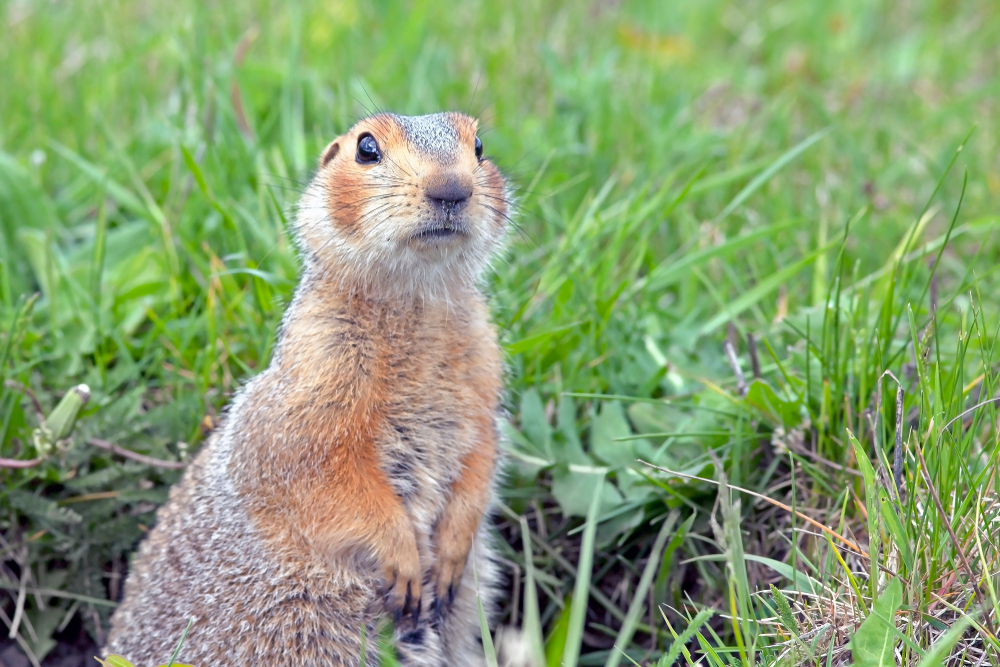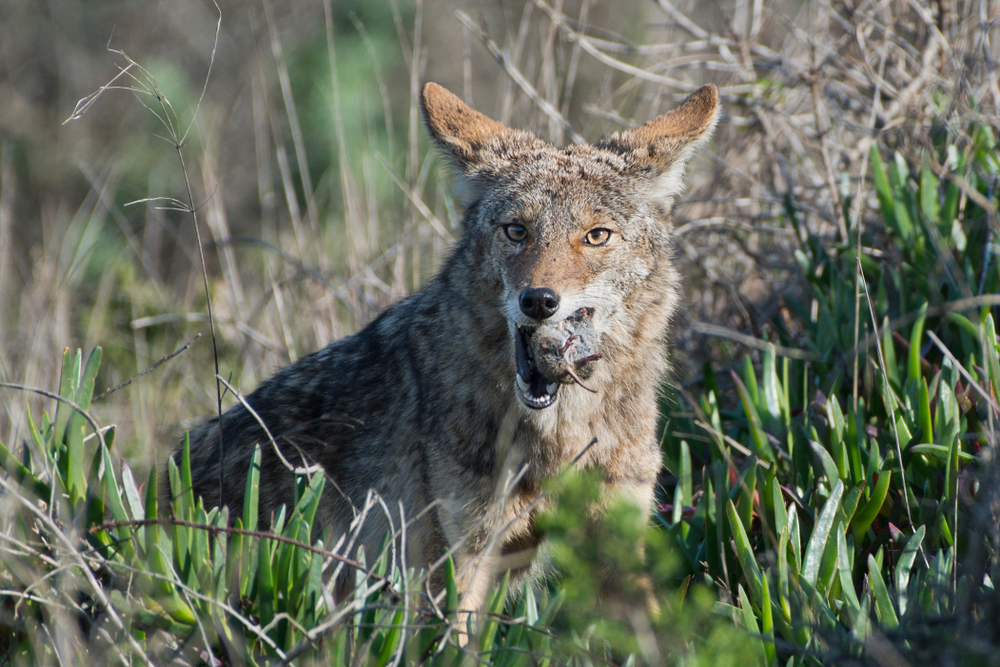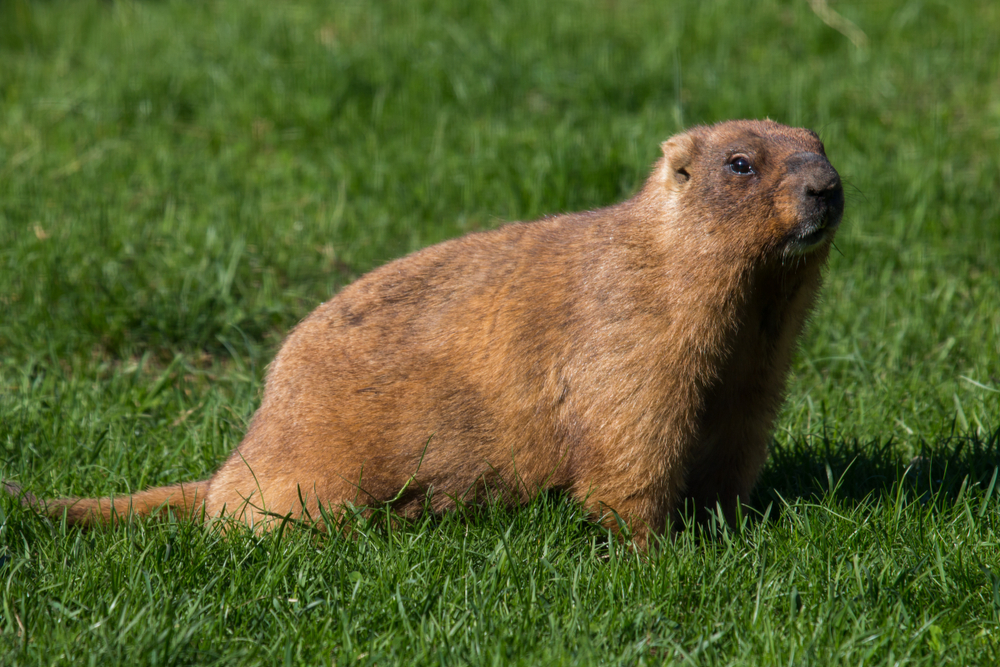Uniqueness
The Gopher, often referred to in the context of true gophers or pocket gophers, belongs to the family Geomyidae. These small, burrowing rodents are native to North and Central America and exhibit a range of unique characteristics that make them fascinating creatures. Here are some key aspects that make Gophers unique:
Specialized Burrowing Adaptations: Gophers are superbly adapted for a life spent mostly underground. They have strong, broad forelimbs with large claws designed for digging. Their lips close behind their large front teeth to keep soil out of their mouths while they dig.
Fur-Lined Pouches: True to their nickname “pocket gophers,” these animals have fur-lined pouches outside of their mouths (one on each side of their face), which they use to carry food and nesting materials. These pouches can be turned inside out for cleaning.
Solitary and Territorial: Gophers are known for their solitary and territorial nature. Each gopher maintains its own burrow system, which can be quite extensive, covering up to 2,000 square meters. These systems are vital for their survival, providing protection from predators and extreme weather, as well as storage for food.
Impact on Ecosystems: Despite sometimes being considered pests by humans, especially due to their tendency to damage crops and gardens, gophers play significant ecological roles. Their digging activities help aerate and mix the soil, promoting water infiltration and nutrient redistribution, which can enhance plant growth.
Diet: Gophers are herbivores, feeding primarily on a variety of vegetation, including roots, tubers, and stems, which they often pull into their tunnels from below. This diet helps regulate vegetation growth and influences the composition of local plant communities.
Reproduction: Gophers have a relatively high reproductive rate. Females can have several litters per year, each containing up to half a dozen pups. This high fecundity is necessary to maintain their populations, given their solitary nature and the high predation risk they face.
Physical Characteristics: Gophers are small, typically weighing a few hundred grams. They have fine fur, which can vary in color from brown to nearly black, aiding in camouflage. Their eyes and ears are small, which is typical for animals that spend much of their time underground.
Adaptability: Despite their specialization for underground living, gophers are quite adaptable and can inhabit a range of environments, from lowland areas to alpine meadows, as long as the soil is suitable for digging.
The unique adaptations of Gophers, such as their burrowing skills, solitary lifestyle, and ecological impact, make them a crucial component of their habitats. Understanding and appreciating these small but mighty creatures are essential for acknowledging the complex interdependencies within ecosystems.
.



































































